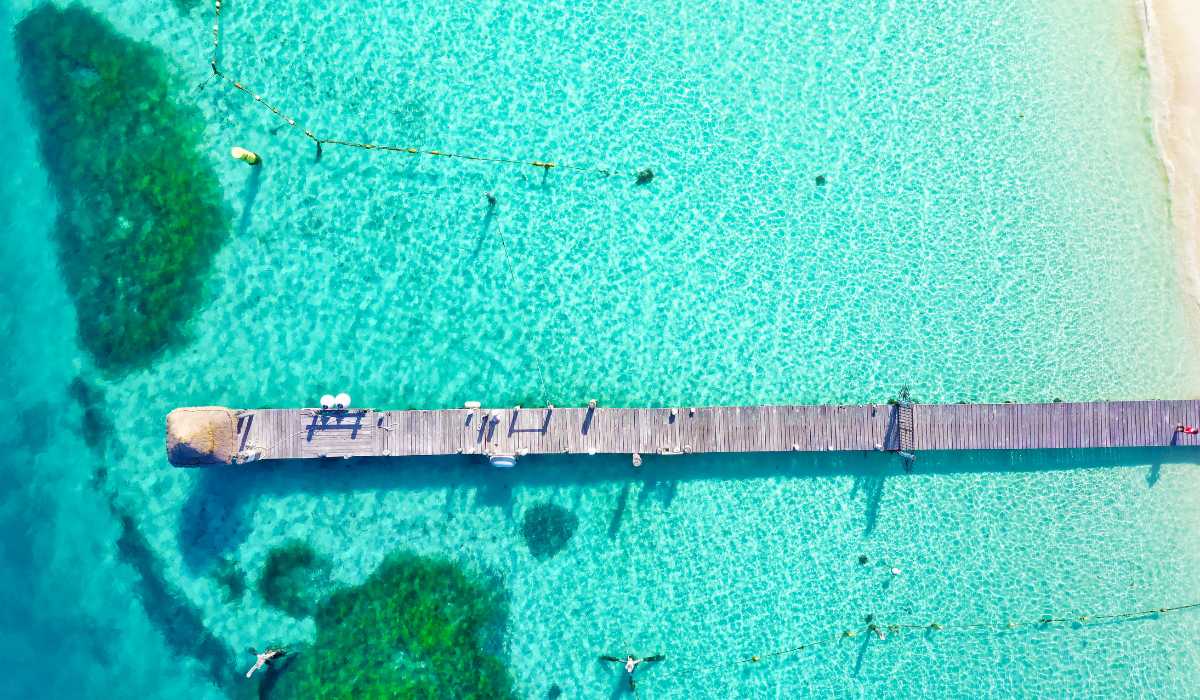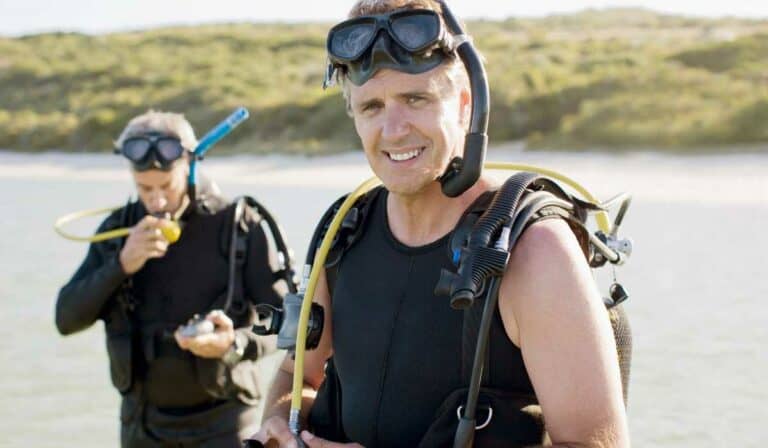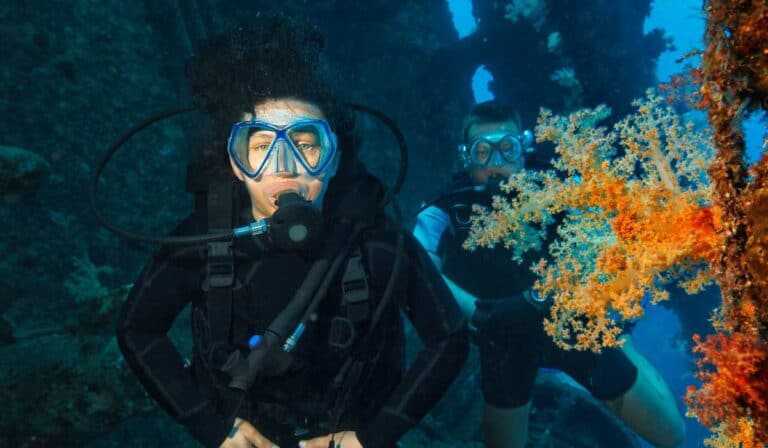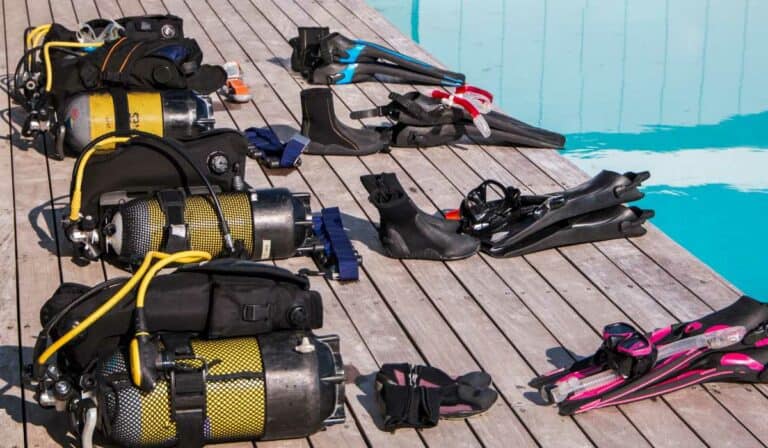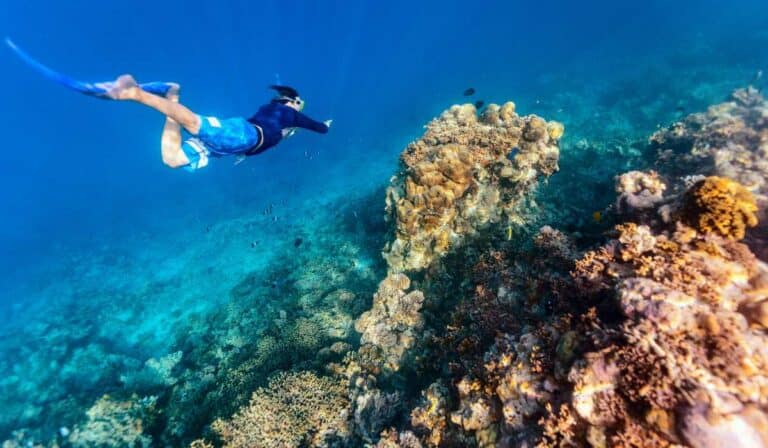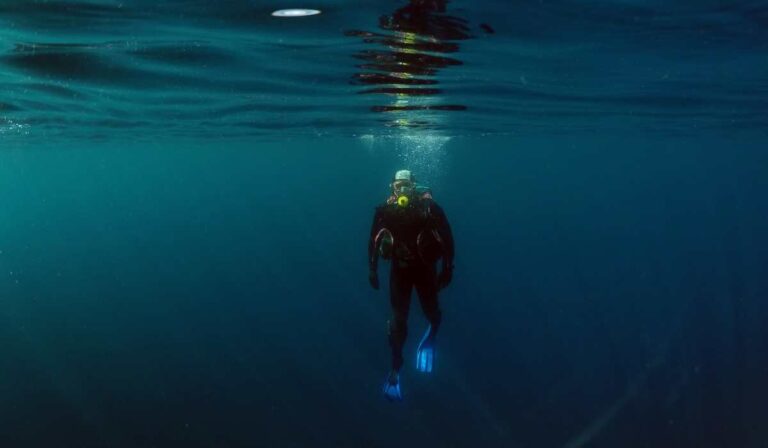Scuba Diving in Mexico: Experiencing the Thrill of Diving
Scuba diving in Mexico offers a unique and unforgettable experience for divers of all levels. With its diverse marine life, underwater caves, and stunning coral reefs, Mexico has become one of the top scuba diving destinations in the world. In this blog post, we will uncover some of Mexico’s premier scuba diving locations that are suitable for both novice and seasoned divers.
From cage diving with great white sharks at Guadalupe Island to exploring the mesmerizing cenotes on the Yucatan Peninsula, scuba diving in Mexico provides a thrilling adventure for everyone. We will also discuss what you can expect during your dives such as water conditions, visibility levels, and encounters with fascinating sea creatures like whale sharks and sea lions.
Lastly, we’ll provide you with essential packing tips and advice on how to make your Mexican scuba holiday an enjoyable success. So gear up and get ready to immerse yourself in Mexico’s breathtaking underwater world!
Table of Contents
1. Discover the Best Dive Spots in Mexico
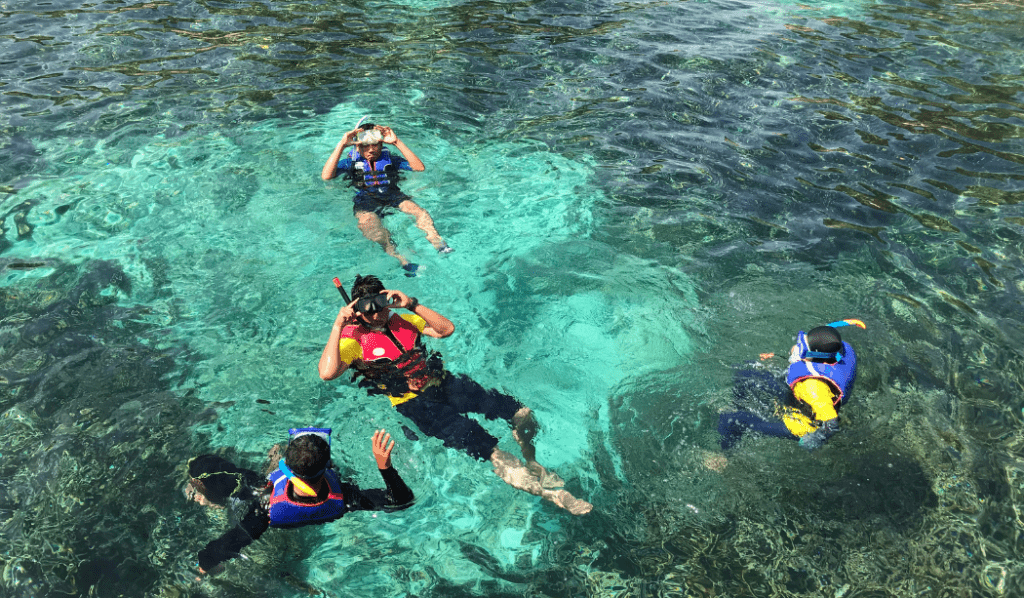
Mexico’s breathtaking waters, abundant sea life, and remarkable seascapes make it an ideal destination for scuba divers. With its crystal-clear waters, diverse marine life, and unique underwater landscapes, it’s no wonder that this country is a top destination for divers from around the world. In this section of our blog post, we’ll explore some of the best dive spots in Mexico to help you plan your next underwater adventure.
Cancun and Isla Mujeres
Cancun is not only famous for its beautiful beaches but also offers incredible scuba diving opportunities. One popular site is the Underwater Museum (MUSA), where over 500 life-sized sculptures have been submerged to create an artificial reef system that attracts various marine species.
Nearby Isla Mujeres also boasts stunning coral reefs teeming with colorful fish and other sea creatures. Don’t miss out on exploring Manchones Reef or taking a trip to see whale sharks during their migration season between June and September.
Cozumel Island
Cozumel Island, located off the coast of Playa del Carmen, is another must-visit spot for scuba enthusiasts visiting Mexico. The island’s protected Marine Park features spectacular walls covered in vibrant corals and sponges as well as abundant marine life such as turtles, nurse sharks, and rays. Some of the most famous dive sites include Palancar Reef, Santa Rosa Wall, and Colombia Deep.
Click here to read about Scuba Divers: 7 Essential Ways To Save The Oceans For the Future
La Paz
The Sea of Cortez in La Paz is home to an incredible variety of marine life such as sea lions, whale sharks, manta rays, and even humpback whales during their migration season. Divers can explore beautiful reefs like El Bajo or visit Los Islotes for a unique experience swimming with playful sea lions.
Socorro Island
If you’re looking for something more remote and adventurous, Socorro Island, part of the Revillagigedo Archipelago located 250 miles off Mexico’s Pacific coast is perfect for experienced divers seeking close encounters with large pelagic species such as giant mantas, dolphins, hammerhead sharks, and even humpback whales during winter months. Note that this destination requires liveaboard trips due to its remote location.
Mexico offers countless scuba diving opportunities suitable for all levels of experience. Whether you prefer exploring colorful coral reefs or swimming alongside majestic ocean giants like whale sharks or manta rays – there’s something here for everyone.
Mexico offers a spectacular experience for scuba divers, boasting gorgeous coral reefs and abundant sea life. Get ready to explore the depths of Mexican waters as you transition into learning about what to expect when scuba diving in Mexico.
The Key Takeaway:
Mexico is a prime destination for scuba divers, boasting pristine waters and abundant aquatic life. Popular dive spots include Cancun and Isla Mujeres with the Underwater Museum (MUSA) as well as Cozumel Island’s Marine Park featuring spectacular walls covered in vibrant corals and sponges. La Paz offers an incredible variety of marine life while Socorro Island is perfect for experienced divers seeking close encounters with large pelagic species such as giant mantas, dolphins, hammerhead sharks, and even humpback whales during winter months.
2. What to Expect When Scuba Diving in Mexico
Scuba diving in Mexico provides an array of aquatic wonders for divers to explore. From vibrant marine life to crystal-clear waters, there’s something for everyone to enjoy. In this section, we’ll discuss what you can expect when scuba diving in Mexico, including the types of marine life you might encounter, water conditions, and safety tips.
Marine Life
Mexico is home to an incredible variety of marine species, making it a top destination for scuba divers looking to explore underwater ecosystems teeming with life. Divers can expect to see a wide array of marine life in Mexico, such as bright angelfish and parrotfish; large whale sharks or manta rays; turtles, dolphins, eels, octopi; vibrant nudibranchs (sea slugs); and multiple types of sharks like bull sharks or hammerheads.
Water Conditions
The water conditions in Mexico vary depending on the location but are generally warm throughout most of the year. On average, water temperatures range from 75°F (24°C) during winter months up to 85°F (29°C) during summer months – perfect for comfortable dives without needing thick wetsuits. Visibility also varies by location but can reach up to 100 feet (30 meters), allowing divers clear views of their surroundings.
Dive Seasons:
- Cenotes: Year-round diving opportunities with optimal visibility between May-September due to less rainfall affecting freshwater inflow into cenotes.
- Socorro Island: Best visited between November-May, with the peak season for manta ray encounters from February-April.
- Sea of Cortez: Diving is possible year-round, but water temperatures are warmer and visibility is better during summer months (June-October).
Safety Tips
When diving in Mexico, it’s important to adhere to some safety measures for a pleasant and safe experience. Here are a few tips to keep in mind:
- Dive within your limits: Always dive within your skill level and never attempt dives that exceed your training or comfort zone.
- Buddy system: Dive with a buddy or join an organized group led by experienced dive guides to ensure someone has your back underwater.
- Maintain equipment: Regularly inspect and maintain your scuba gear, ensuring it’s in good working condition before each dive.
Exploring Mexico’s underwater realm is an awe-inspiring undertaking, with its crystalline waters and a plethora of aquatic creatures. Given the sheer number of incredible dive sites to explore, this section will delve into some of Mexico’s most popular destinations for scuba divers.
The Key Takeaway:
Exploring the depths of Mexico’s oceanic realm can provide a remarkable and unforgettable journey for divers of all abilities, with an incredible variety of aquatic creatures to discover. With temperatures ranging from cool to warm, Mexico offers a comfortable diving environment for all skill levels. Safety tips include always diving within your limits, using the buddy system or joining an organized group led by experienced dive guides, and regularly inspecting and maintaining scuba gear before each dive.
Click here to read about Discover the 5 Best Beach Cities for Scuba Diving
3. Popular Dive Sites in Mexico
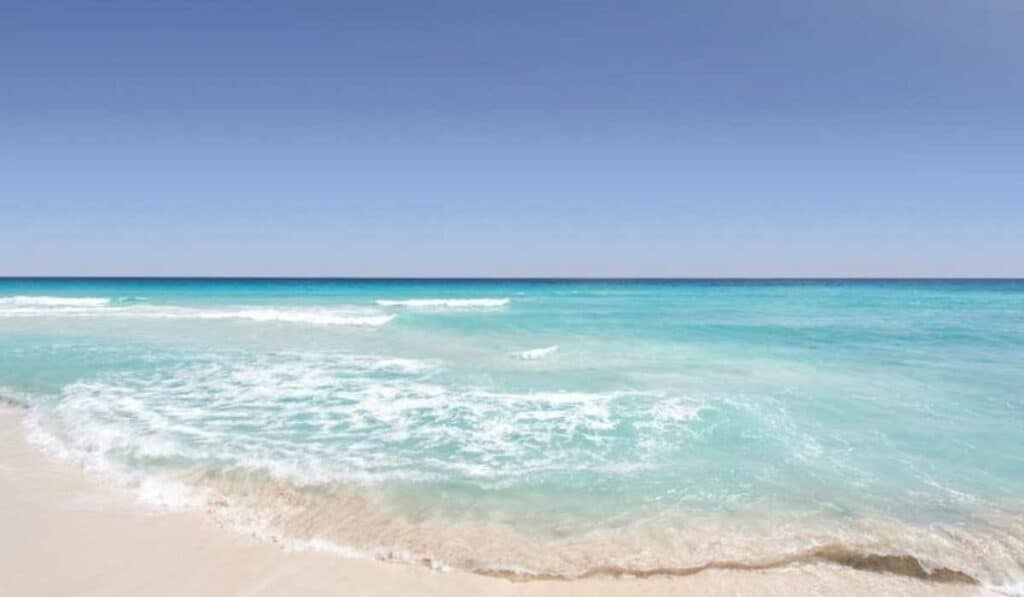
Dive into the breathtaking underwater world of Mexico by exploring some of its most popular dive sites. Each site offers a unique experience, showcasing diverse marine life and stunning underwater landscapes.
Cenotes
The cenotes are natural sinkholes filled with crystal-clear freshwater that provide an otherworldly diving experience. These mystical formations can be found throughout the Yucatan Peninsula, offering divers a chance to explore submerged caverns and witness incredible light effects as sunlight filters through the water.
Some notable cenotes for scuba diving include:
- Dos Ojos: One of the most famous cenotes in Mexico, Dos Ojos boasts two large eye-shaped openings connected by a massive underwater cave system.
- The Pit: The deepest cenote in Quintana Roo, The Pit features dramatic stalactites and mesmerizing sunbeams penetrating its depths.
- Tajma Ha: Known for its beautiful decorations and intricate passages, Tajma Ha is perfect for experienced divers seeking adventure.
Socorro Island
A remote volcanic island located approximately 250 miles off Baja California’s southern coast, Socorro Island is part of the Revillagigedo Archipelago. This UNESCO World Heritage Site attracts advanced divers due to its challenging conditions and remarkable encounters with pelagic species such as giant manta rays, hammerhead sharks, whale sharks, dolphins, humpback whales (seasonal), and more. Learn more about this thrilling destination at our guide on Socorro Island diving.
Cozumel
A scuba diver’s dream, Cozumel offers an unparalleled experience with its vibrant coral reefs and abundant marine life. The island boasts over 30 dive sites along the Mesoamerican Barrier Reef System, offering divers of all skill levels an unforgettable experience.
A few must-visit Cozumel dive sites include:
- Punta Sur: Known for its deep walls covered in sponges and corals, Punta Sur also features the famous Devil’s Throat swim-through tunnel.
- Santa Rosa Wall: A popular drift dive site with stunning coral formations and diverse marine life such as turtles, nurse sharks, and moray eels.
- Columbia Shallows: Perfect for beginners or those seeking a relaxing shallow reef dive teeming with colorful fish species.
Baja California Peninsula
The Baja California Peninsula offers numerous world-class diving opportunities on both its Pacific Ocean side and within the Sea of Cortez. With unique underwater landscapes ranging from rocky pinnacles to sandy seafloors inhabited by playful sea lions, this region promises memorable experiences for every diver.
Dive spots not to miss in Baja California include:
- Cabo Pulmo National Park: Home to one of only three living coral reefs in North America; Cabo Pulmo is teeming with marine life and offers fantastic diving opportunities for all skill levels.
- La Paz: Known for its encounters with whale sharks (seasonal) and sea lions, La Paz is a must-visit destination in the Sea of Cortez.
- Gordo Banks: An offshore seamount that attracts large pelagic species such as hammerhead sharks, manta rays, and schools of jacks. This advanced dive site promises thrilling underwater action.
Mexico’s diverse array of dive sites caters to every diver’s taste – from mysterious cenotes to vibrant coral reefs teeming with life. Prepare to be amazed as you dive into Mexico’s array of captivating underwater sites.
The Key Takeaway:
Explore Mexico’s diverse scuba diving sites, from mystical cenotes with crystal-clear freshwater to vibrant coral reefs teeming with marine life. Don’t miss Socorro Island for thrilling encounters with pelagic species and Cozumel for its famous Devil’s Throat swim-through tunnel. The Baja California Peninsula offers world-class diving opportunities, including Cabo Pulmo National Park and Gordo Banks for advanced divers seeking underwater action.
Click here to read about How To Shoot The Best Video While Scuba Diving
5. Packing List for Scuba Diving in Mexico
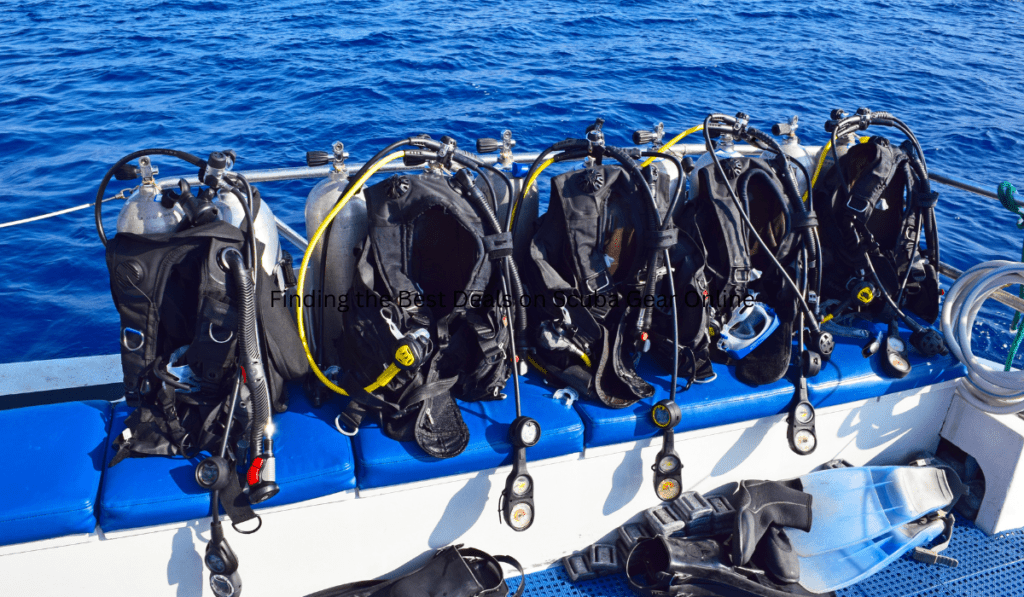
For an enjoyable and memorable scuba diving experience in Mexico, it is important to be equipped with the necessary items. To ensure an unforgettable underwater experience, this section provides a comprehensive packing list.
A. Essential Scuba Gear
- Regulator: This is crucial for controlling the air pressure from your tank while breathing underwater.
- Buoyancy Control Device (BCD): A BCD helps maintain neutral buoyancy and keeps your tank securely attached to your body.
- Fins: These will help propel you through the water more efficiently.
- Mask and Snorkel: A high-quality mask ensures clear vision underwater, while a snorkel allows surface breathing when needed.
- Wetsuit or Drysuit: Depending on the water temperature, you’ll need a wetsuit or drysuit to keep you warm and protected.
- Weights and Weight Belt: This help maintains neutral buoyancy while diving.
- Scuba Tank: You can rent one at your dive center, but it’s essential to know its specifications beforehand.
B. Additional Dive Accessories
- Dive Computer: This device helps track depth, time, and decompression limits during your dive.
- Dive Light: A must-have for night dives or exploring dark areas like caves and wrecks.
- Surface Marker Buoy (SMB): An inflatable marker that signals your location to boats when surfacing in open water.
- Dive Knife: A handy tool for cutting entangled lines or fishing nets.
- Underwater Slate: Useful for communication with your dive buddy and taking notes during the dive.
C. Personal Items and Travel Essentials
- Swimsuit: For wearing under your wetsuit or dry suit.
- Towel: To dry off after diving sessions.
- Sunscreen: Protect yourself from sunburn while on the boat or beach between dives.
Note: Some dive shops may provide some of the essential scuba gear, but it’s always best to bring your own equipment for comfort and familiarity.
Pro Tip: Pack your scuba gear in a separate bag to avoid any damage or loss during travel. Also, check with your airline for any weight or size restrictions for scuba gear.
Surface Marker Buoy (SMB)
A Surface Marker Buoy (SMB) is an essential accessory for scuba diving in Mexico. It’s an inflatable marker that signals your location to boats when surfacing in open water. It’s especially useful when drifting diving or diving in areas with strong currents. The SMB should be brightly colored and have reflective tape for better visibility. Make sure to attach it to a reel or line and deploy it at the end of your dive before ascending to the surface.
6. Packing List for Scuba Diving in Mexico
In this section, we’ll provide you with a comprehensive packing list that covers everything from dive equipment to personal items.
A. Dive Equipment
- Dive certification card: As a certified diver, always carry your dive certification card as proof of your skills and training.
- Dive logbook: A dive logbook helps you keep track of all your dives, including details about underwater conditions and marine life encountered.
- The buoyancy control device (BCD): Your BCD is crucial for maintaining neutral buoyancy while diving. You can either rent one from a local dive shop or bring your own if you prefer using familiar gear.
- Regulator: The regulator allows you to breathe underwater by converting high-pressure air from the tank into breathable air at ambient pressure.
- Fins: Fins help propel you through the water efficiently during dives. Make sure they fit comfortably before leaving home.
Having the right equipment and supplies for a scuba diving trip in Mexico is essential to ensure an enjoyable experience. For a memorable dive in Mexico, here are some ideas to consider for an enjoyable excursion.
Click here to read about 12 Best Places for Scuba Diving in Florida
7. Tips for a Successful Scuba Diving Trip to Mexico
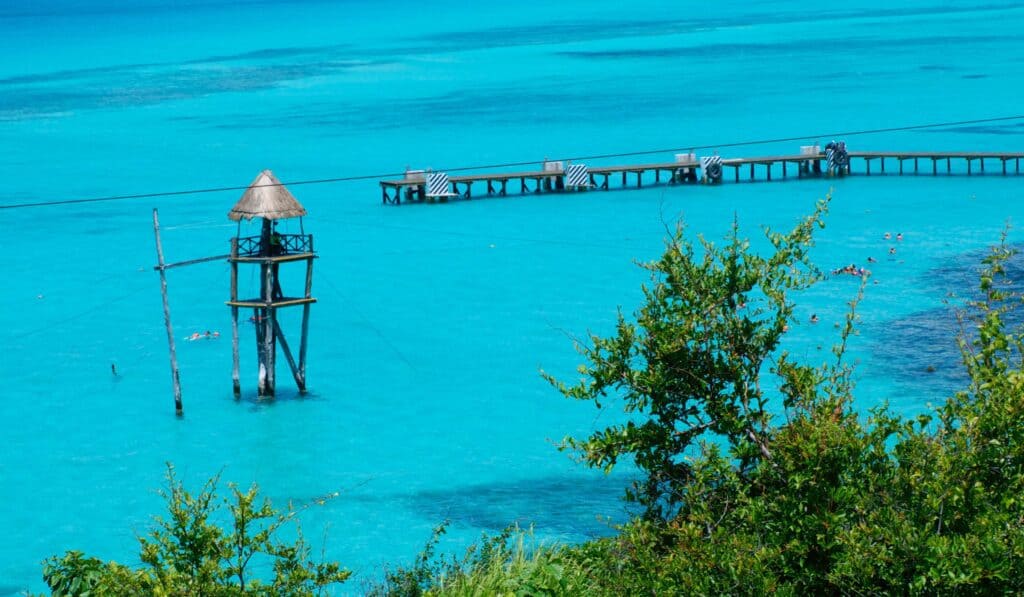
Embarking on a scuba diving adventure in Mexico can be an unforgettable experience, but it’s essential to plan and prepare accordingly. To guarantee a successful scuba diving excursion in Mexico, here are some helpful hints that will make your experience even more unforgettable.
A. Choose the Right Dive Center or Instructor
Your safety and enjoyment during your dives depend largely on the expertise of your dive center or instructor. Make sure to research PADI-certified dive centers in Mexico and read reviews from fellow divers before making any bookings.
B. Get Certified Before Your Trip
If you’re not already certified, consider completing your Open Water Diver course prior to arriving in Mexico. This will allow you more time underwater exploring rather than spending precious vacation days learning basic skills.
C. Plan Your Dive Season Wisely
Different regions in Mexico have varying peak seasons for marine life encounters and water conditions; thus, planning when to visit is crucial for maximizing your experience.
- Socorro Island: November – May (for manta rays)
- Riviera Maya: June – September (for whale sharks)
- Baja California Peninsula: August – October (for sea lions)
D. Invest in Good Quality Gear
Purchasing high-quality gear such as masks, fins, wetsuits, and dive computers can significantly enhance your diving experience. If you’re not ready to invest in gear just yet, make sure the rental equipment from your chosen dive center is well-maintained.
E. Be Mindful of Your Impact on Marine Life
It’s crucial to respect the underwater environment while scuba diving. Follow Project AWARE’s 10 Tips for Divers to protect our ocean planet and ensure a sustainable future for marine life.
F. Purchase Travel Insurance with Dive Coverage
Diving activities may not be covered under standard travel insurance policies; therefore, it’s essential to purchase additional coverage specifically designed for divers. Companies like World Nomads offer comprehensive plans that include scuba diving protection.
By following these tips and adequately preparing yourself before embarking on your Mexican scuba diving adventure, you’ll maximize both safety and enjoyment during this unforgettable experience.
The Key Takeaway:
To have a successful scuba diving trip in Mexico, it’s important to choose the right dive center or instructor, get certified beforehand, plan your dive season wisely, invest in good quality gear, and be mindful of your impact on marine life. Additionally, purchasing travel insurance with dive coverage is essential for protection during diving activities.
FAQs about Scuba Diving in Mexico
Does Mexico have good scuba diving?
Yes, Mexico is known for its excellent scuba diving opportunities. With diverse marine life, crystal-clear waters, and numerous dive sites along both the Pacific Ocean and Caribbean Sea coasts, it offers a variety of underwater experiences for divers of all skill levels. Some popular destinations include Cozumel, Playa del Carmen, and La Paz.
Which city is famous for diving in Mexico?
The city of Cozumel is renowned as one of the top scuba diving destinations in Mexico. Located off the eastern coast of the Yucatan Peninsula in the Caribbean Sea, Cozumel boasts vibrant coral reefs teeming with marine life and exceptional visibility. The island’s protected Mesoamerican Barrier Reef System attracts divers from around the world.
What is the most common problem faced by scuba divers?
The most common issue encountered by scuba divers is barotrauma or ear pain caused by changes in pressure during descent and ascent. Proper equalization techniques can help prevent this discomfort.
Divers should also be aware of other potential problems such as decompression sickness (DCS), nitrogen narcosis, equipment malfunctioning, and running out of air.
Where is the scuba diving capital of the world?
Cairns in Queensland, Australia has earned itself a reputation as being “the Scuba Diving Capital” due to its proximity to The Great Barrier Reef, which stretches over 2,300 kilometers (1,430 miles) along Australia’s northeastern coast.
This UNESCO World Heritage site features more than 2,900 individual reefs and is home to an incredible array of marine life.
What are some fun facts about scuba diving?
1. The word “scuba” stands for Self-Contained Underwater Breathing Apparatus.
2. Scuba diving was popularized by Jacques Cousteau with the invention of the Aqua-Lung in 1943.
3. The world’s deepest recorded scuba dive reached a depth of 332.35 meters (1,090 feet).
4. There are over one million certified divers worldwide each year.
Conclusion
Exploring the underwater world of Mexico through scuba diving is an unforgettable experience. From discovering the best dive spots to packing for your trip, this guide has covered everything you need to know before embarking on your adventure. Mexico is a great choice for scuba diving, boasting dazzling waters and abundant marine life.

